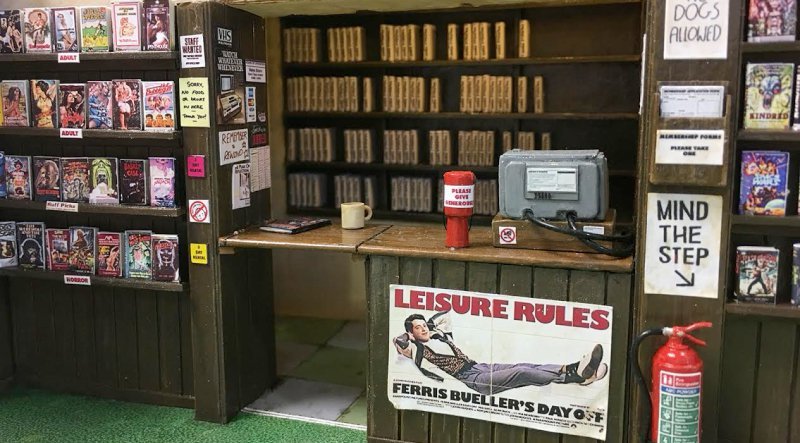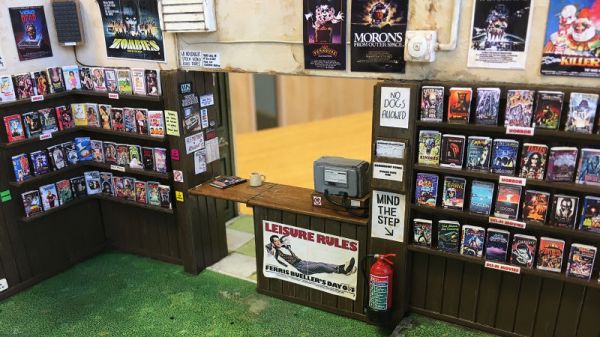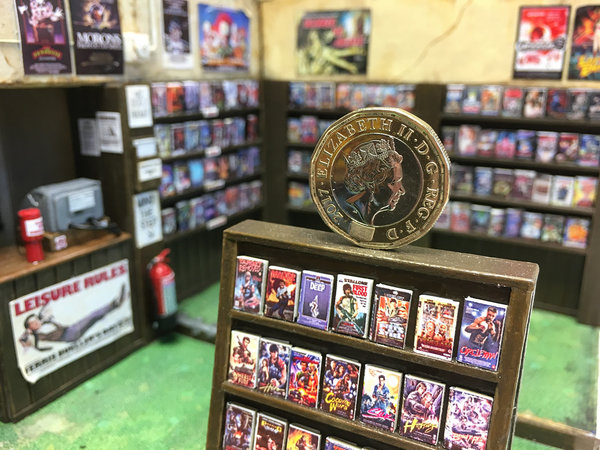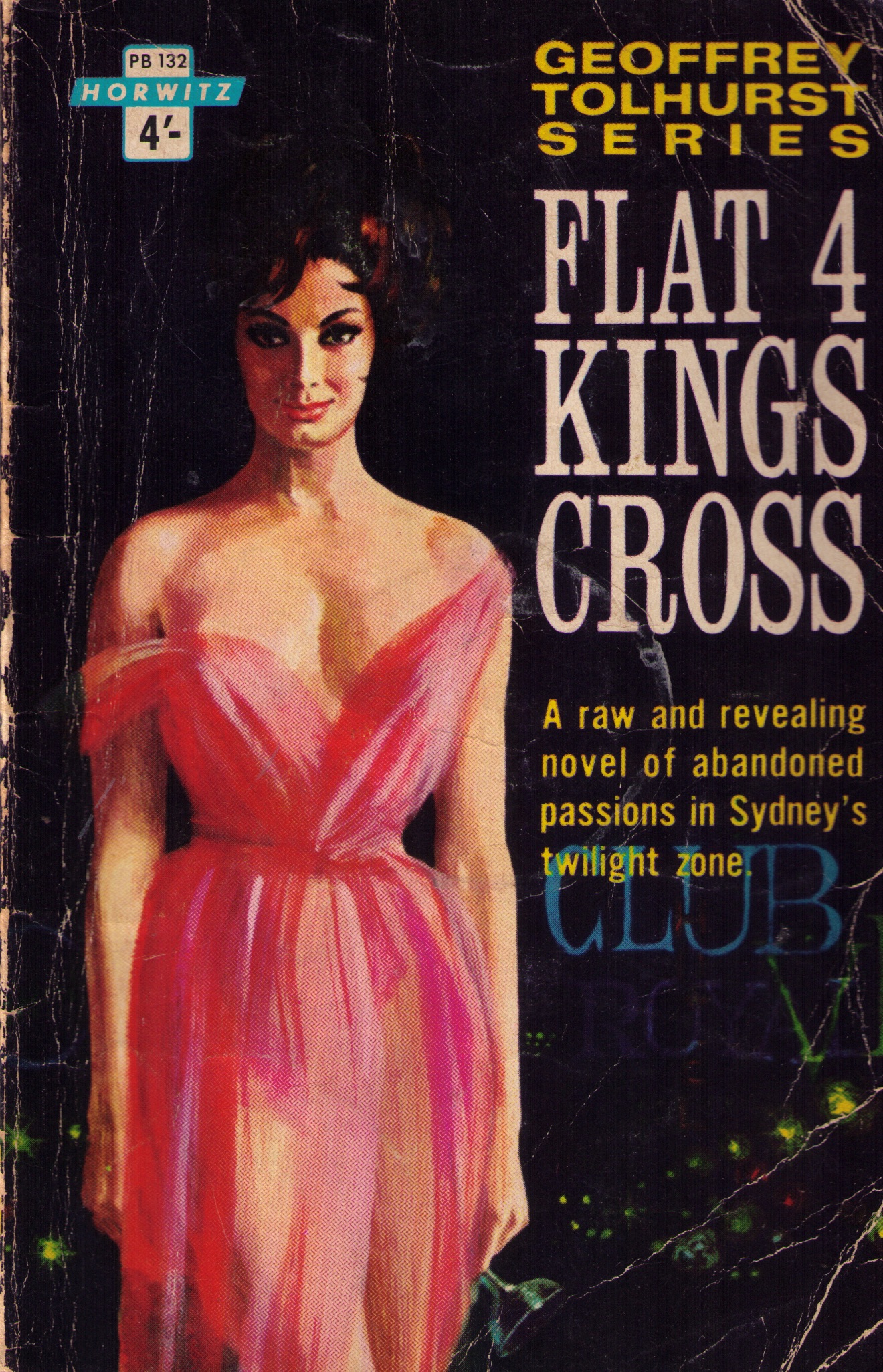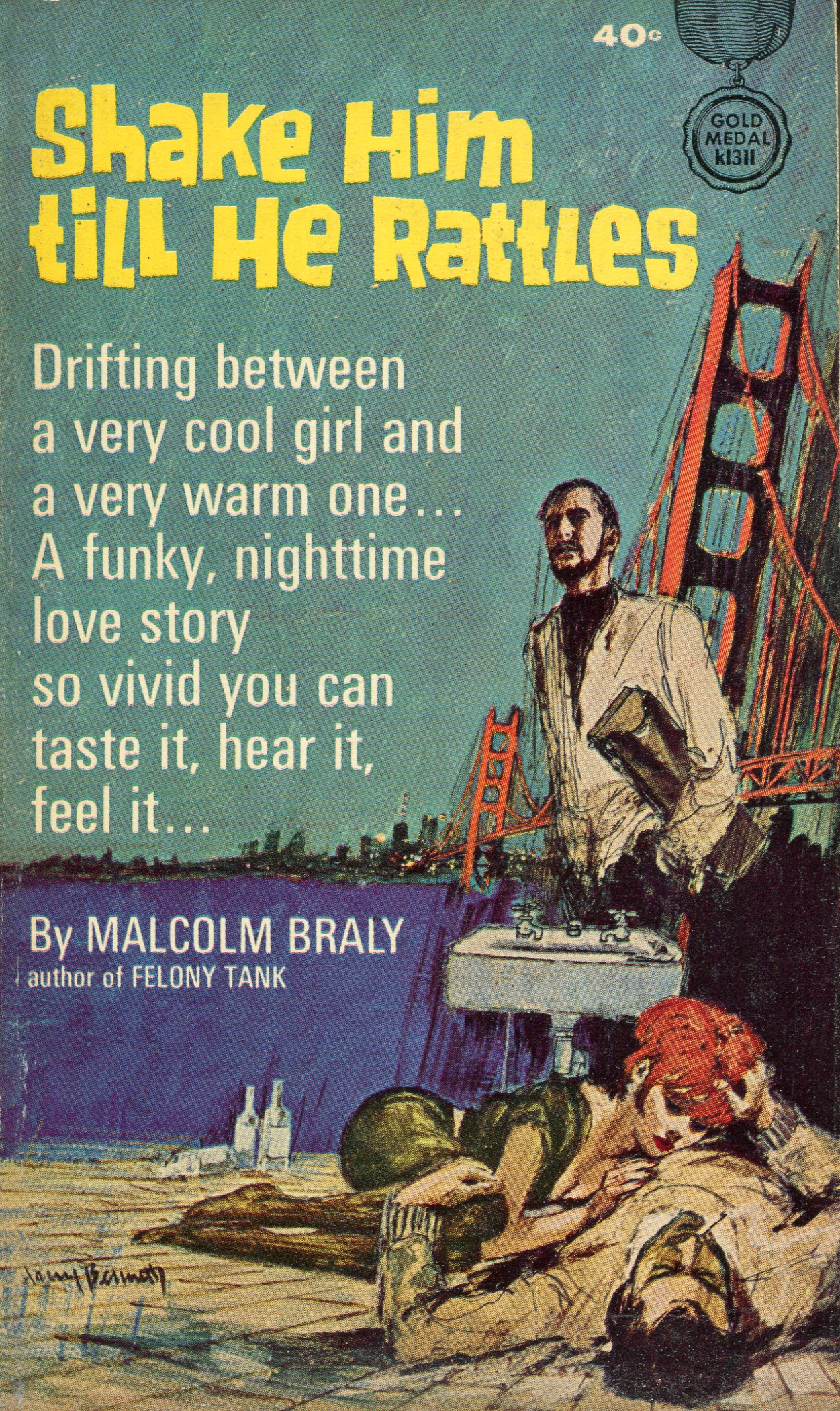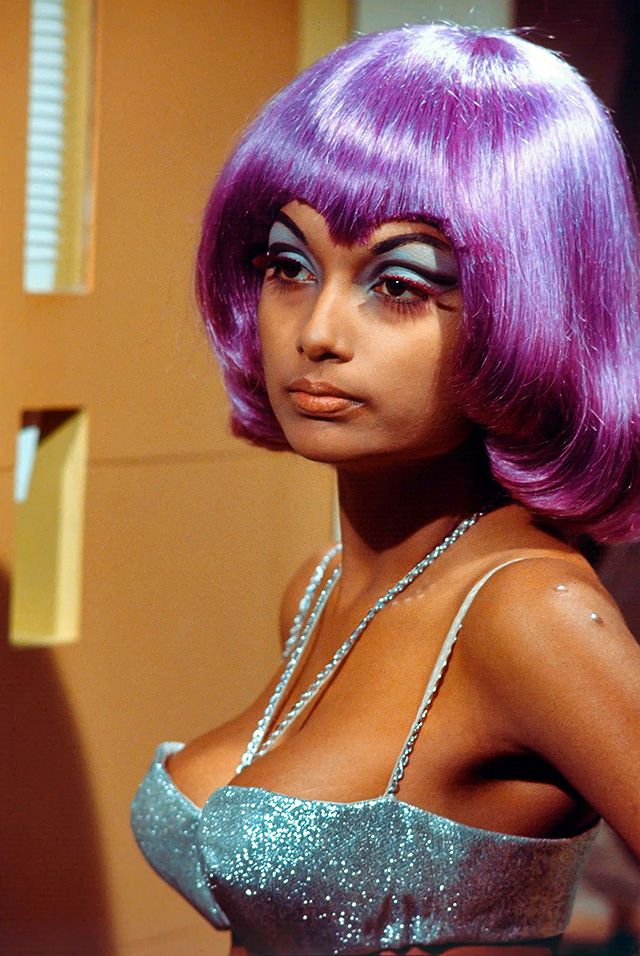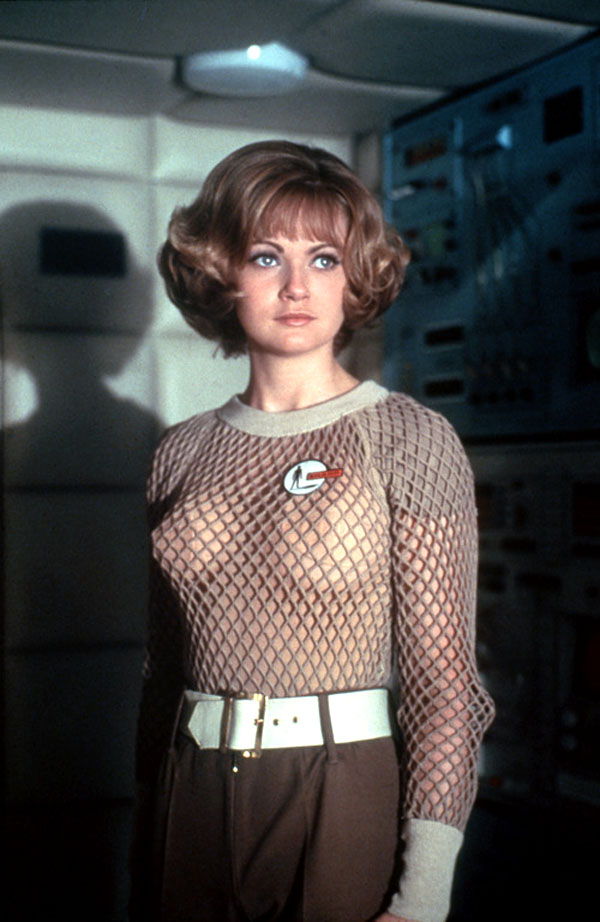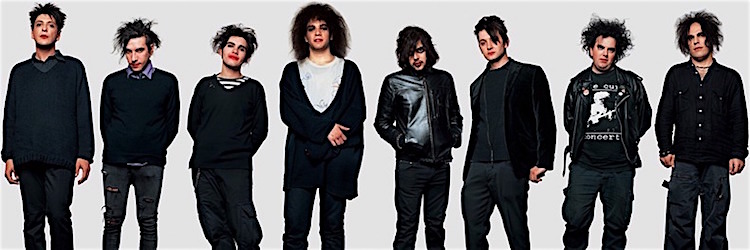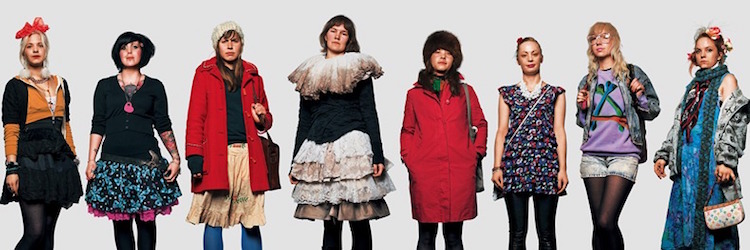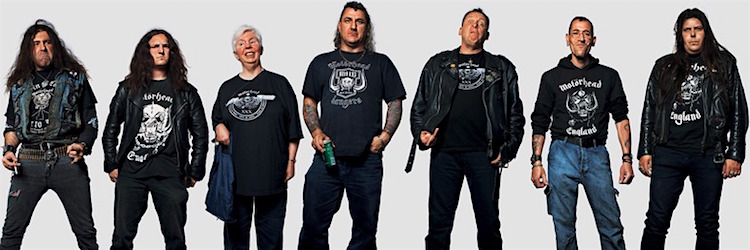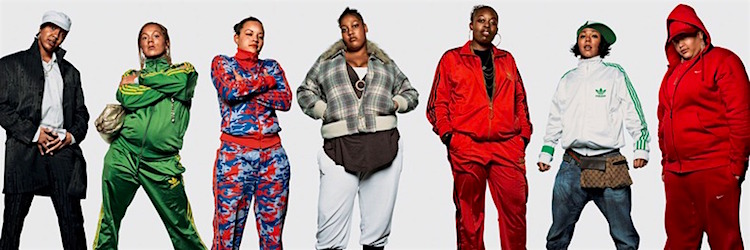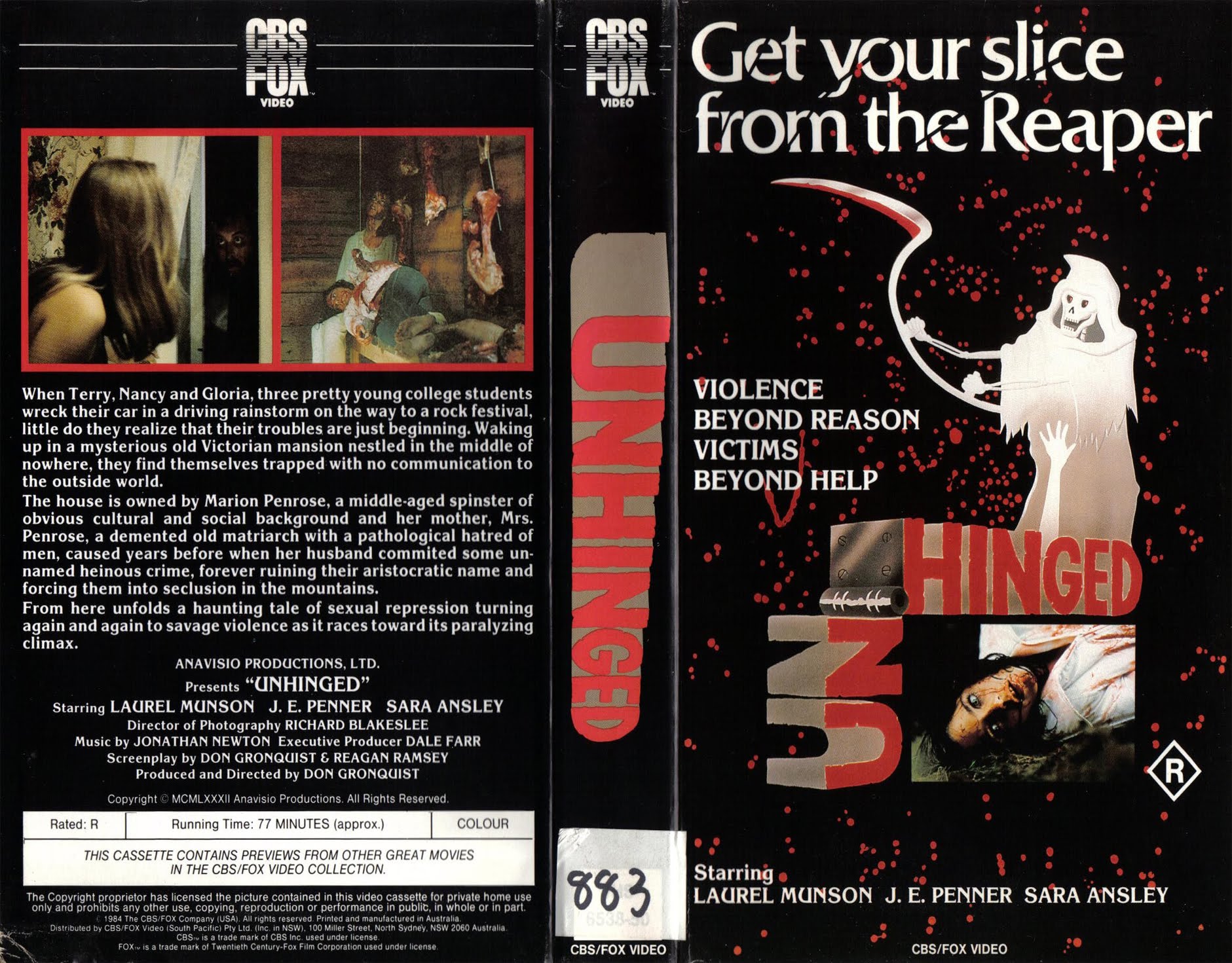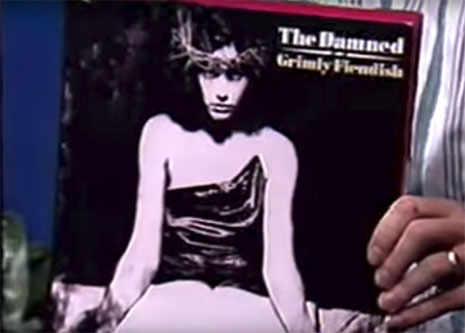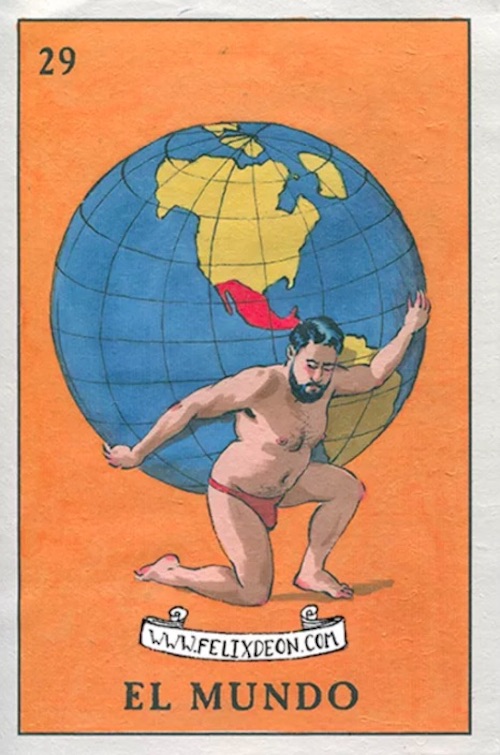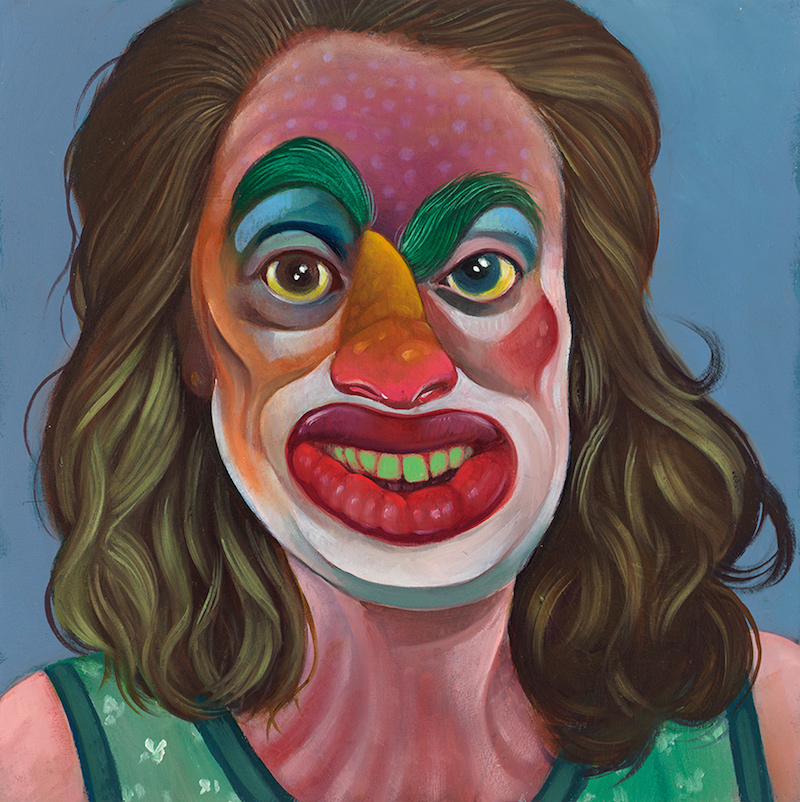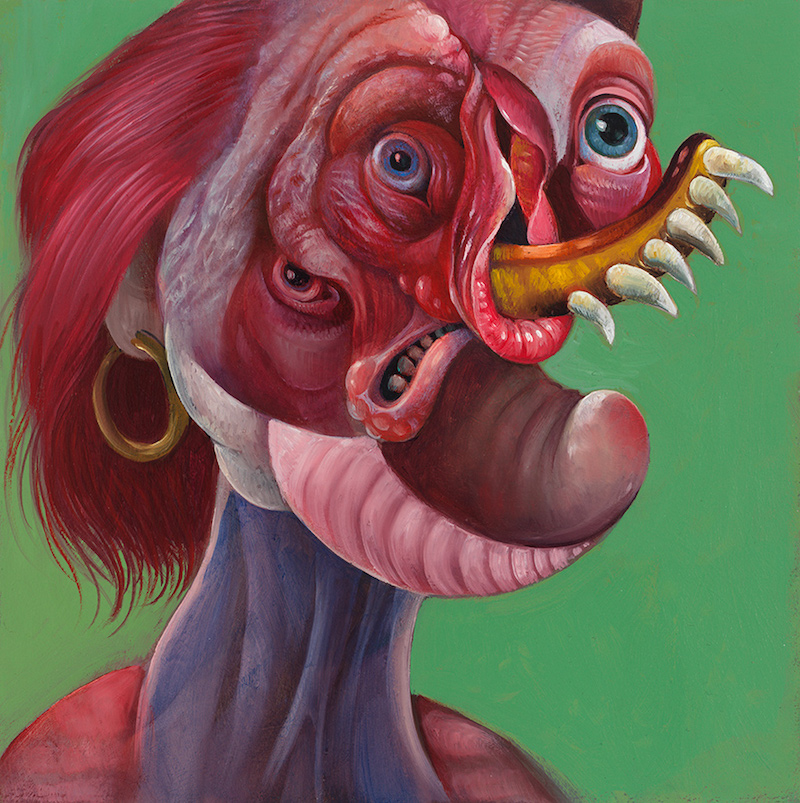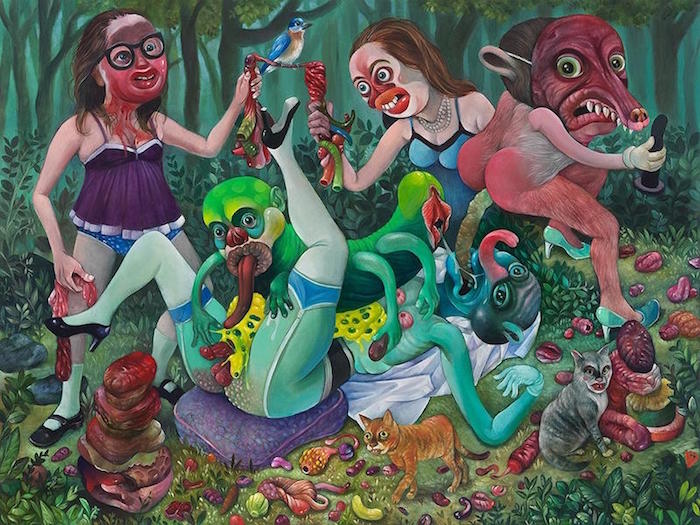
The 1970s were the great libidinous decade of unbridled gay consciousness. With the Stonewall riots in the rear-view mirror and the lethal threat of AIDS entirely unknown, the image of the strapping male homosexual became a quasi-accepted topic of pop culture contemplation. The Boys in the Band transferred from stage to screen in 1970, Tom of Finland’s arresting images were increasing in visibility—a man named Hal Fischer would even catalogue the strictly codified practices of gay apparel in a semi-serious volume called Gay Semiotics.
In keeping with the times, in 1978 a man named Harvey Rosenberg introduced to the market a variant of the Ken doll (of Barbie and Ken fame) that was explicitly homosexual. The doll, straightforwardly named “Gay Bob,” distinguished itself from Ken primarily in its wardrobe and in its possession of a penis (although, as we’ll see, the term “anatomically correct” is not quite accurate).
Gay Bob’s blond hair, unlike that of Ken, came all done up in a perm, and naturellement Ken sported a blue earring in one ear. The doll came with a single accessory in the form of a purse, and the box that the doll came in was fashioned as a closet, in order to make it possible for Gay Bob to come out of it. Indeed, on the front of the box was printed the text “Come out of the closet with Gay Bob—the world’s first gay doll for everyone.”
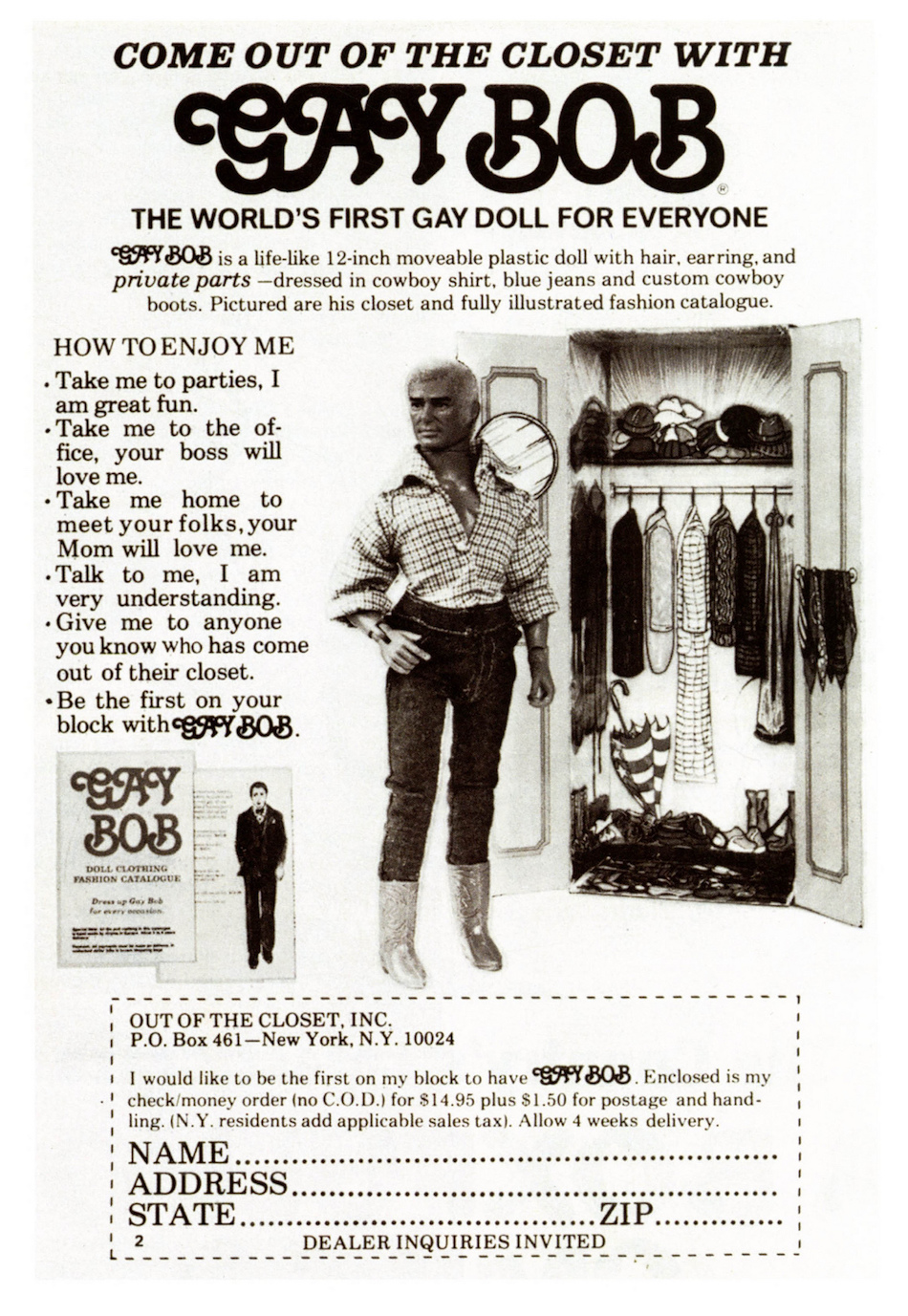
Two print advertisements for Gay Bob survive from the era, and they give differing prices for the doll. The one just above this paragraph cites a price of $14.95 with a $1.50 fee for postage and handling. (Keep in mind, the base price of $14.95 is about the same as $60 today.) The ad further down mentions that you can get one for $19.50 (which is about $75 today).

Rosenberg was not a homosexual—press coverage of the day invariably pointed this out—but merely a canny entrepreneur seizing on an opportunity. Most accounts of Gay Bob’s arrival on the market refer to the product as having been introduced in 1977 but the bulk of the press coverage stems from the summer of 1978, most prominently an Associated Press article made the rounds in the first week of August 1978. (The Anniston, Alabama Star ran the AP story under the headline, “Are you ready for ‘Gay Bob?’”)
A couple of weeks before that, Howard Smith, in his well-known “Scenes” column in the Village Voice, published a spiffy 10-paragraph item about Rosenberg’s creation that is a model of witty journalism. Smith describes Gay Bob thus: “Dressed in blue denims and plaid shirt, the 11 inch vinyl creation is neatly coiffed, wears one earring and sports a full-fledged cock.” Smith also pressed Rosenberg on a specific way in which, despite the ad copy, Gay Bob was not anatomically correct. To Smith’s sensible question, “How can you have a homosexual toy figure that doesn’t come with an anus?” Rosenberg lamely replied that “the special requirements of the mold” made it impossible.
Smith’s report ends with an amazing paragraph that has the feel of parody but probably was not.
Keep reading after the jump…






